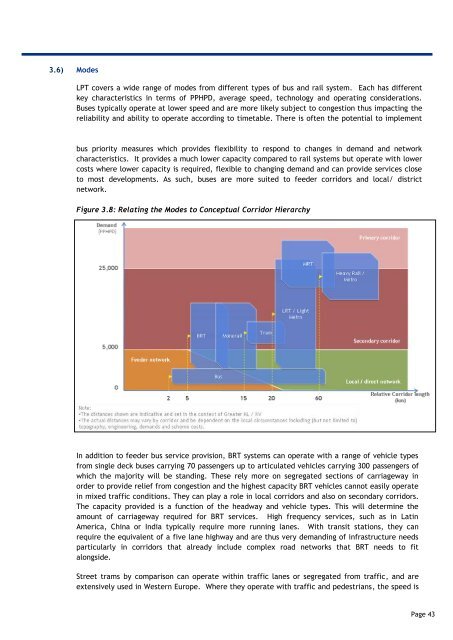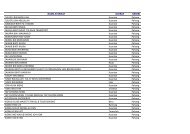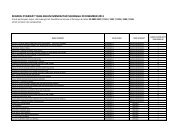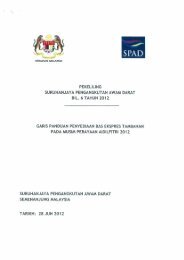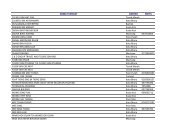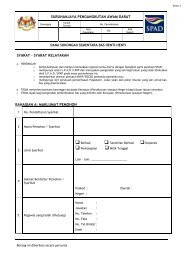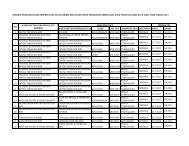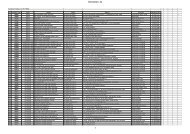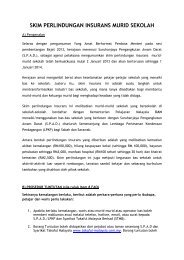Contents - SPAD
Contents - SPAD
Contents - SPAD
Create successful ePaper yourself
Turn your PDF publications into a flip-book with our unique Google optimized e-Paper software.
3.6) Modes<br />
LPT covers a wide range of modes from different types of bus and rail system. Each has different<br />
key characteristics in terms of PPHPD, average speed, technology and operating considerations.<br />
Buses typically operate at lower speed and are more likely subject to congestion thus impacting the<br />
reliability and ability to operate according to timetable. There is often the potential to implement<br />
bus priority measures which provides flexibility to respond to changes in demand and network<br />
characteristics. It provides a much lower capacity compared to rail systems but operate with lower<br />
costs where lower capacity is required, flexible to changing demand and can provide services close<br />
to most developments. As such, buses are more suited to feeder corridors and local/ district<br />
network.<br />
Figure 3.8: Relating the Modes to Conceptual Corridor Hierarchy<br />
In addition to feeder bus service provision, BRT systems can operate with a range of vehicle types<br />
from single deck buses carrying 70 passengers up to articulated vehicles carrying 300 passengers of<br />
which the majority will be standing. These rely more on segregated sections of carriageway in<br />
order to provide relief from congestion and the highest capacity BRT vehicles cannot easily operate<br />
in mixed traffic conditions. They can play a role in local corridors and also on secondary corridors.<br />
The capacity provided is a function of the headway and vehicle types. This will determine the<br />
amount of carriageway required for BRT services. High frequency services, such as in Latin<br />
America, China or India typically require more running lanes. With transit stations, they can<br />
require the equivalent of a five lane highway and are thus very demanding of infrastructure needs<br />
particularly in corridors that already include complex road networks that BRT needs to fit<br />
alongside.<br />
Street trams by comparison can operate within traffic lanes or segregated from traffic, and are<br />
extensively used in Western Europe. Where they operate with traffic and pedestrians, the speed is<br />
Page 43


